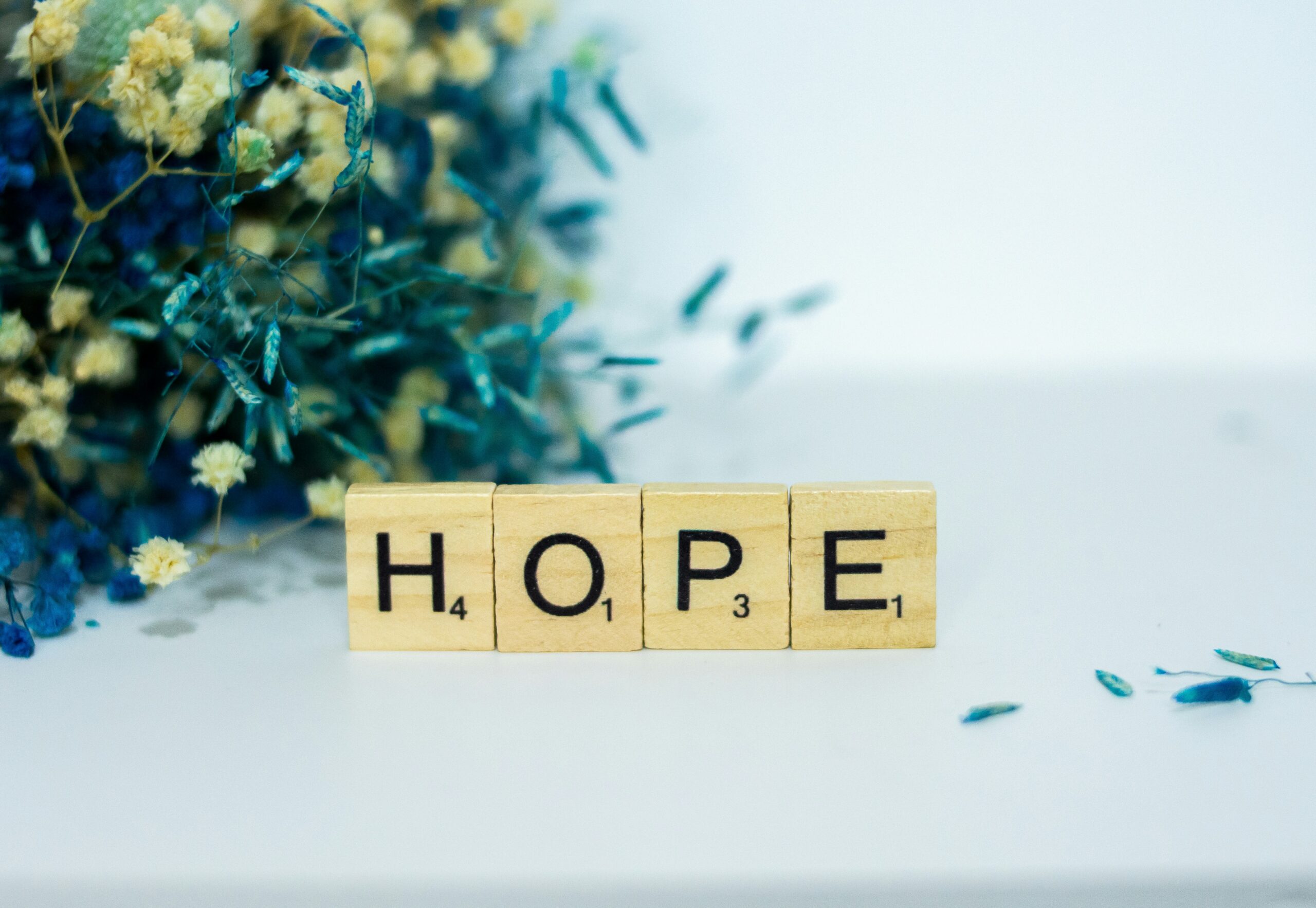Daring to Hope
ALICE KIM | CONTRIBUTOR At the end of Mark chapter one (vv. 40-45), we are introduced to a man plagued with leprosy. He lived his life as a public service announcement warning people to keep their distance lest they become like him. His inescapable daily reminder of a scorned, forgotten, and marginalized existence would be humiliating and painful enough to make anyone cower. Nevertheless, as Jesus’ public ministry to the ill and demonically tormented was widespread, he found himself at a crossroad between deferring hope or desiring for something more (Pr. 13:12). He courageously chose the latter. Notably, the narrative seems to slow down as the man approaches Jesus and kneels before him. It’s as if Mark leans in and personally invites readers to do likewise. A hope long buried was suddenly resurrected. Although awakening hope would be risky, to the point of vulnerability to greater ridicule, isolation, and judgment, the cost of doing nothing could potentially haunt him with unrelenting regrets filled with what-if’s. His lowly posture embodies his desperate plea. It exudes the depth of anguish, indescribable affliction, and utter shame. His confession, “If you will, you can make me clean” carries the heaviness of helplessness and dependence...










